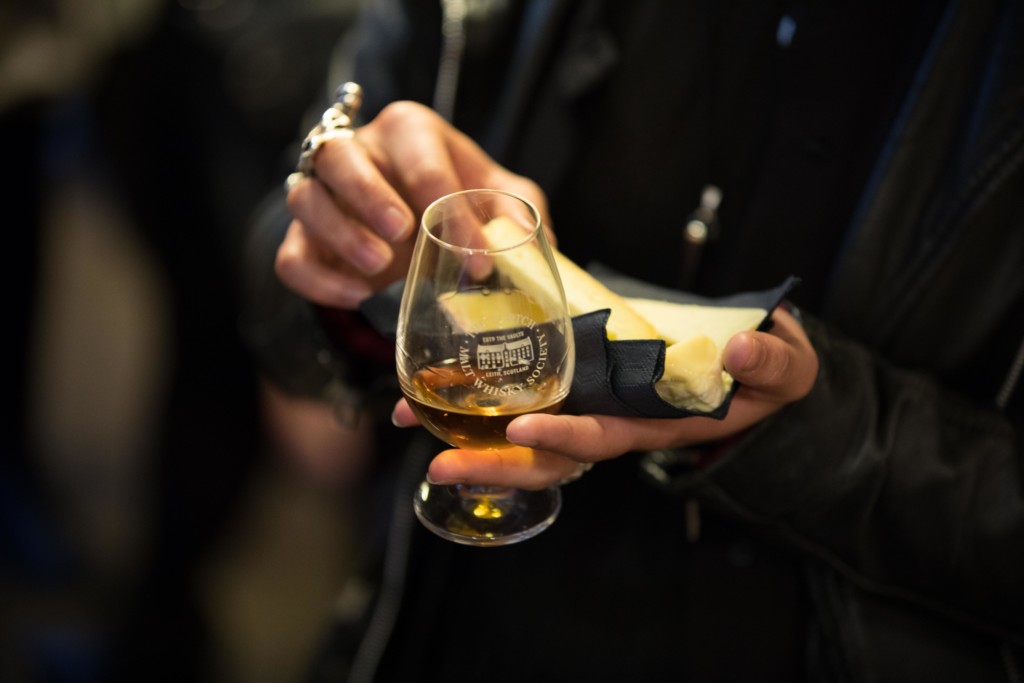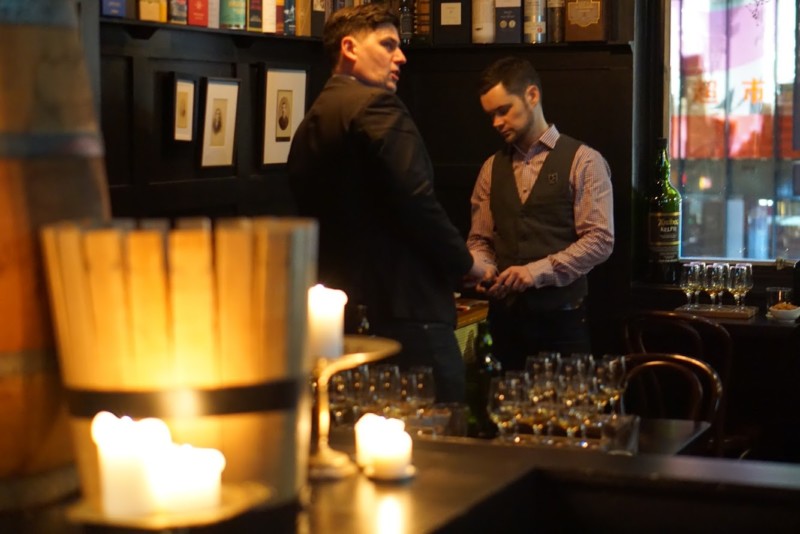5 things I wish I knew earlier in my whisky journey
I’ve proudly been talking about single cask whisky, single malts, rums, Armagnacs, grains, Cognacs, and more for years and years now. I absolutely love the discovery of flavour that I get around members and friends who discover a whole new side to whisky. I’ve been asked some cracking questions lately at events and online which made me pause and think “I wish I knew that earlier in my whisky journey”. So without further ado, here they are:
Age is transparency, not quality.
In the time I’ve been at the Society, I’ve seen 2 year old whisky (B3.3) and 48 year old whisky (1.183) and everything in between. We proudly print the age statement on our bottles to give members the most transparency we possibly can, and with rare exception will always continue to do so. Is a 3 year old whisky inferior to a 15? Is a 21 year old whisky ‘better’ than a 10 year old? Nope. Not at all. They are just different. Different distilleries and different casks react at different ages, and cask activity plays a huge part in that. How active that oak was in maturation, how heavy the spirit is, how long the ferment was etc all play significant roles in the final product. I personally love younger spirits and especially many of the casks in our Young & Spritely flavour profile, and especially love when the opportunity arises to taste some mid-century malts from back when 5 years old was considered the “old stocks” from those distilleries or blenders.
An exotic cask can hide a poor spirit.
More and more in whisky I’m seeing exotic cask types or wacky seasoning. I’m all for innovating in whisky and pushing boundaries on flavour, but there’s a fine line between a nice ‘heavy toast medium char’ (HTMC) treatment, to seeing things like ‘1st fill alligatored Cognac barrel ex-toasted staves from Russian Ice Wine!’ or something equally as silly which bring nothing to the end result except a confused spirit in an overbearing cask and no balance. Distilleries, and if I’m being honest, Australian distilleries as well, should spend more time innovating their spirit, not their cask. There’s a reason ex-bourbon and ex-sherry casks are the most popular – they mature spirit in a desirable way and are affordable. Bad spirit in an exotic cask doesn’t make a great whisky, but neither does great spirit ensure a great product. The cask is so important, don’t try and over-do it.

Drink it how you like it.
Almost every day on social media, in-person, and at tastings I hear people say or write the usual “you’d never mix a great single malt with anything!” or “if you spend more than $100 on a bottle, even adding ice is a waste of a great whisky”. Here’s a tip for you: they’re wrong. Your whisky, you’ve paid for it, you do what you like with it. It’s an almost freely libertarian take on it, but hey I like it. If someone offers you a dram from their private stash at home or their round at the bar of something special, then that’s a different story, but if you’re buying it, you have it how you like it and shoo away anyone who chastises you for it.
Wild stats don’t improve whisky.
“This whisky spent 3 years in an oloroso hogshead, then was transferred to a 2nd fill Muscat barrel, before being then re-racked into a 9th fill plastic drum that once had Port Ellen in it, then we sailed the cask around the Pacific for a year”. Yeah I really don’t want to taste that sorry. Sounds like a zombie spirit that just never got better, so the stats are trying to pump it up. Wild stats don’t improve whisky. A friend of mine once said that innovation in beer improves beer, but innovation in whisky ruins it. While I don’t entirely agree with that, I get the sentiment and I kinda agree with it in part. In my early days of whisky I was always hunting the bigger stats, the bigger proofs, the “peat and sherry always together” message of bigger is better. It’s not always. I can safely say I’ve tasted, assessed, reviewed or otherwise imbibed more than a hundred peat & sherry together combos, yet I can name on one hand the number of which were well integrated and incredible whiskies. Keep it simple, keep it fun, and don’t overcomplicate.
Bashing blends is silly.
“Oh I only drink single malt”, or “Blended whisky is for beginners”. Gee if you think that you’re going to really miss out on some incredible whiskies. It’s also plainly not true. It’s about as true as saying “cask strength, single cask whisky is for more advanced whisky drinkers” – also not true. Bashing blends as inferior to single malts seems fashionable to some, but isn’t really justified. Yes, blends have changed, a lot. You only have to taste a blended malt or blended whisky from the 1950’s or 60’s to go “ohhh damn” when it opens up. Whisky was made differently then, and drinking habits weren’t focused on single malts, so back when blends were king then and single malts were virtually unheard of, the best stocks were blended into them. That’s what the market wanted and received. Times have certainly changed, and most distilleries now are putting a lot more focus into their single malt (or in our case, into our single cask, single malts). That said, blended malts are seeing a resurgence again and even ‘heresy’ projects like our own Old Fashioned or Peat Faerie bottlings sell out regularly each batch.
Cheers,
Matt Bailey
PS want to learn more about whisky and all the fun around this timeless spirit? The Society is open for membership and we’d love to have you along. Read more about all the benefits of global membership here and see you at our events!








